In an unprecedented move designed to safeguard residents and visitors amid extraordinarily dry conditions, Hawaii authorities are planning for proactive power shutoffs as Tropical Storm Hone approaches the islands, bringing heightened fire danger with high winds.
This strategy, a new reality for Hawaii, aims to prevent fires in high-risk areas, including popular visitor destinations on Kauai’s south and west sides as well as on the Big Island in the Kohala/Waikoloa area.
Hawaiian Electric, which supplies power to islands other than Kauai, is closely monitoring Tropical Storm Hone and preparing for conditions that could necessitate a Public Safety Power Shutoff (PSPS) in high wildfire risk areas. The utility is considering proactive power shutoffs to prevent fires, much like the measures taken by KIUC, and is cautioning that these decisions may need to be made with minimal notice.
The Kauai Island Utility Cooperative (KIUC) issued a Notice of Possible Outage Alert for areas that could be affected by high winds and dry conditions:
NOTICE OF POSSIBLE OUTAGE ALERT
Kauai Island Utility Cooperative
Because of potential high wind conditions coupled with drought, KIUC may be proactively de-energizing members on the south and west sides this weekend. Please be prepared, as this action may need to be taken with little to no notice. Monitor KIUC’s Facebook page and local media for updates.
Impact on Hawaii visitor areas.
The decision to implement power shutoffs is particularly impactful for visitor areas on Kauai and the Big Island, including the heavily touristed Poipu Beach and Waikoloa regions. Known for their beautiful beaches and resorts, these areas are currently facing extreme dryness, making it especially vulnerable to fire risks as strong winds from Tropical Storm Hone sweep across the island. Tourists visiting this weekend and in future wind events should be prepared for potential disruptions when fire risk is high.
Why power shutoffs are necessary.
This new proactive measure comes in response to lessons learned from recent fires in Hawaii, including the catastrophic fires on Maui last year and more recent incidents in Waimea Canyon and Kokee State Park. The current and severe drought conditions across the state have made power lines a potential ignition source for wildfires, especially in dry, windy conditions. By proactively de-energizing lines in high-risk areas, KIUC aims to prevent new fires from starting as Tropical Storm Hone brings gusty winds and unpredictable weather.
Preparing for power shutoffs and staying safe.
With the possibility of power outages, both residents and tourists are advised to prepare for emergencies. This includes having an emergency kit with essentials such as water, non-perishable food, medications, and other important things.
Visitors should also have a plan for staying connected, as device charging and some internet could be affected as a result of power shutoffs. What we tend to forget is to keep everything fully charged.
Hawaii visitors should understand that these proactive power shutoffs are important precautionary measures to ensure everyone’s safety during this anticipated tropical storm and other future wind events, to minimize the risk of electric line induced fires. Visitors staying in popular areas like Poipu Beach and Waikoloa should closely monitor the situation and follow guidance from local authorities and their accommodations.
Staying Informed.
KIUC warned that power shutoffs may occur with little to no notice, making it crucial for both residents and visitors to stay informed.
Visitors are encouraged to follow the Facebook pages of KIUC and Hawaiian Electric for the latest updates. You should also ask your hotel or vacation rental about any specific emergency procedures in place.
Get Breaking Hawaii Travel News
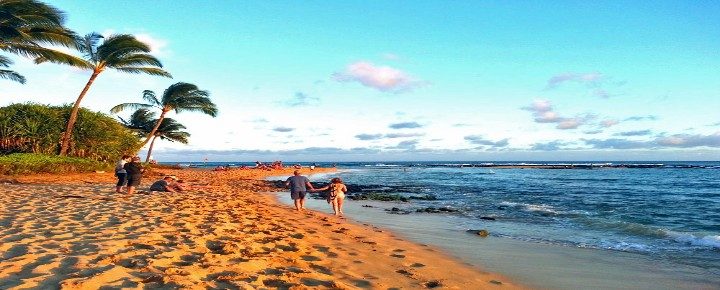
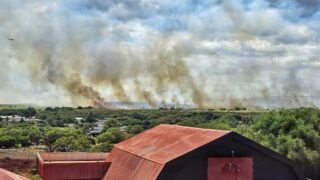
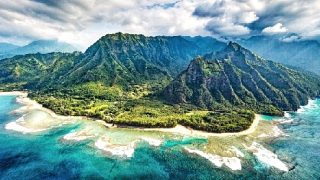
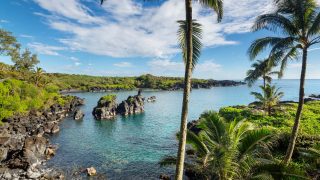
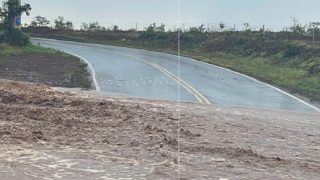
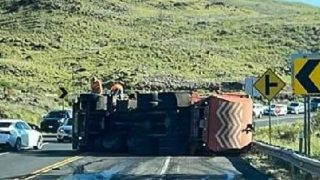
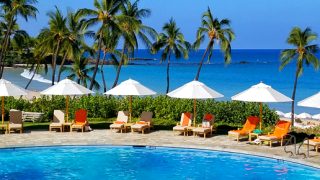
Interesting how Hawaii just wants to be like California. Taking all the horrible policies and procedures that the government and other Goliath companies do. PG&E in CA turns off power all the time under the guise of public safety (all because they got slammed with lawsuits for fires but the Governor let them off because they are busy helping with the “green” energy). They push you to solar but then slowly remove all the incentives of having solar and still end up charging you. I hope people start to wake up and see who is actually in power (no pun intended) and that actions speak louder than their empty words or fake justifications.
What about Honolulu ? Why are they not taking part in the electric withdrawal in tourist areas?
I am a born and bread resident of the state and have lived through a number of these storms. The most impactful one on Oahu that I remember was Hurricane Iwa in 1982, of which by the time the sun went down on the 23rd of November, the lights were off all across the island. For some places like where I lived in Makakilo, the power came back on pretty quickly. For some others though, it took weeks. If we can make it so that the power stays on through storms (like in Washington DC during Superstorm Sandy, for instance) then I would feel different. But we have not improved our power distribution system enough to harden it against storms. So these power outages, now planned, are probably the best of the worst situations that can occur during these storms.
This is how HECO foot-drags, delays and postpones hardening the grid. Just turn off the power. Problem solved.
Yup, same here in So Cal. SCE turns off the power with little to no warning in order to prevent fires. Or we get a warning like in the story that vague. This is all to supposedly prevent fires, but we still get fires from their old, sparky electric lines anyway. They are just trying to save the cost of burying their lines like they really should. Fortunately I have the evil solar, so when my neighbors are sitting in 100 degree heat with no A/C I’m still nice and cool and my food isn’t spoiling.
The new reality of Electric Service, thanks once again to the State of California. When all else fails, sue the Electric Company. I understand fully the implications, however, if this behavior continues will any of the Utility Companies survive? In limited “circumstances” there is a compelling reason to hold them responsible, that is where it should end.
Yeah, they deserve to get sued here in So Cal. Some of those lines are 100 years old! The new updated, hardened, and buried lines don’t cause fires, but SCE has put quarterly profits over maintenance for such a long time that now it would be hideously expense to replace them with safe lines.
Welcome to paradise ! … BYOWO …. Bring your own whale oil …
How good are the utility companies at maintaining the power lines and reducing non native or highly flammable vegetation around their power lines. That should be the focus of residents after the event. For now, good luck.
We call those “Red Flag” warnings here. After the wildfires ripped down the Santiam Canyon and then up the front side of the Cascade Mountains in Oregon in 2020, we no longer question them.
Yup, that’s what the electric companies want instead of doing anything to actually fix the problem. There are different ways to “harden” their lines so that they don’t cause the sparks that create those big fires. Instead, they put quarterly profits ahead of maintaining those lines and just make life uncomfortable for their customers instead. They do that here in So Cal. Can you imagine what it’s like when it’s 105 out, and they shut off your electricity and you have no A/C?
Well, literally in the air flying to Kauai, destination Poipu. Not quite sure what to do about that, or when the outages are planned for, and for how long. Hope there is good communication to help those “visiting”. Thanks for the heads up.